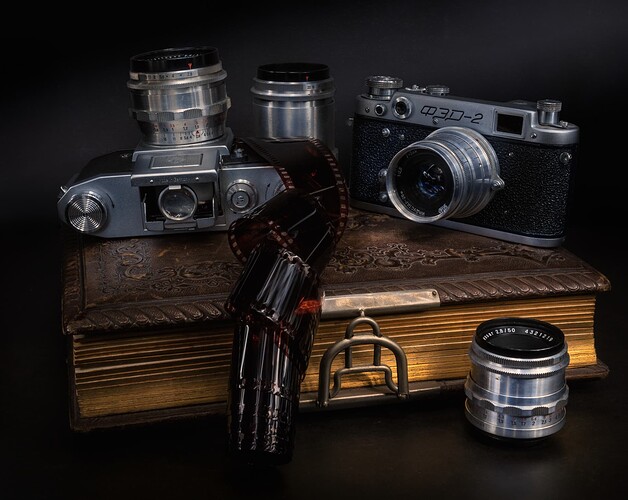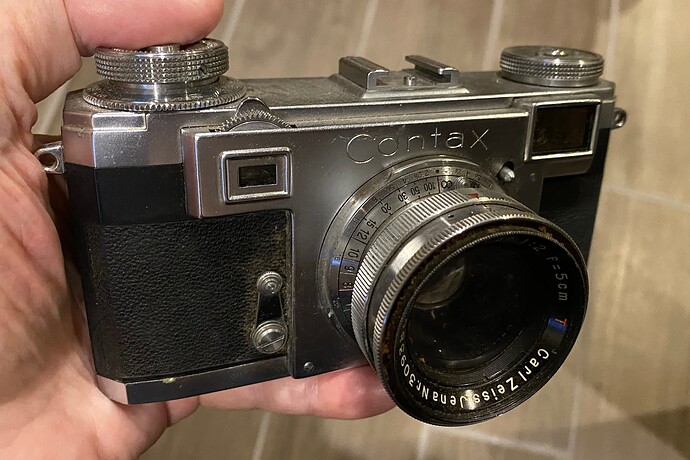I enjoy this discussion for many reasons, and enjoy both the “off-topic” posts, and those that enable me to get the most out of PhotoLab.
I opened one of my old images in Lightroom yesterday, and couldn’t remember what to do next - I used to be quite familiar with it. Now, most of the time, PhotoLab seems so much better “organized”, so I can figure out what to do. And if I get lost, which happens to me far too frequently, there is always a quick answer, explaining things in detail.
I was thinking about something along these lines this morning - PhotoLab is just as useful for “photojournalists” as it is for “artists”. I also realized that an image that should be tossed into the garbage because of how poorly the scene was recorded, could simultaneously become famous for “what” it captured. They’re not the same things. I’m mostly concerned about what my images show, than I am in how well they were taken. If 90% of my image shows what I want to pass on to the world, and 10% of that image is horribly under or over exposed, to me, it’s the “meaning”, the “story”, that is my goal. Just the same, I don’t want to do things that “ruin” my images. To me, a “blurry” or “poorly exposed” or “insert anything bad here”, may or may not be a reason to delete the image. I most enjoy images that “tell a story”, but others are far more concerned with the technical details.
Lightroom worked great for me for many years, but was too expensive. Of course, pirated copies worked just as well. Lots of other choices available, both legally and copies. PhotoLab started to feel like a yearly expense to me, as it continued to grow and expand. Nowadays I feel version 6 is enough for anything I need to do, and my previous copies of PL4 and PL5 are still useable on my older computers that I rarely use. PL6 pushed me too far beyond my own limitations - I probably sounded like an idiot, failing to understand things like “control lines”. Then there is “DarkTable” which I haven’t yet figured out how to install the latest version on MacOS. But I see no reason to use anything more than PhotoLab (for editing) and PhotoShop (for its amazing ability to manipulate my images, way beyond simply making them “better”. I’ve also still got my “Luminar”, but replacing a sky is something I can’t accept - yet. Then there’s my cameras - Nikon has as many controls and settings as PhotoLab. Leica M cameras are much more basic, as if I was shooting on film.
In addition to everything else in this thread, in this forum, and with this software, I find myself constantly finding out about new things to try. There are such wonderful photographers here, and some of that wonderfulness wears off on me, over time, and I find myself thinking about things I never even considered long ago.
(One “negative” aspect, is that when I export an image nowadays, with the best settings, I feel like I’m waiting forever for that to complete. Then I tried with my MacBook Pro (Apple M2 chip) rather than my Mac mini (Intel chip) and the upload was just seconds, not minutes. I guess I need to do something about this.)
The computers, and the forum software, and the editing software are not what makes this particular discussion so fascinating though - that’s due to all the wonderful people here, sharing advice. That is the most important thing.




